Common Causes Of Engine Overheating And How To Fix Them
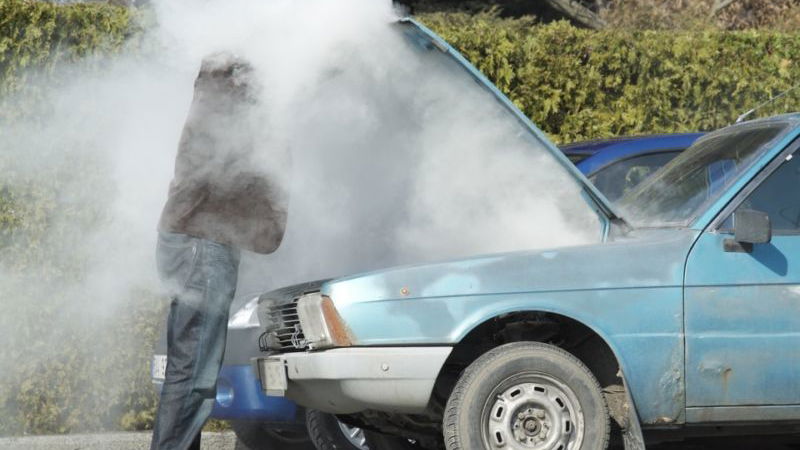
There’s nothing quite as scary as suddenly noticing a temperature gauge venturing into the red. Once an engine reaches a certain temperature, parts can begin to seize, warp or score, all of which are catastrophic in automotive terms. I believe the cooling system is an often neglected area of motoring considering its importance, especially in high-revving and torquey performance cars that will generate a serious amount of heat.
Without further ado, let’s take a look at the common sources of a toasty engine and how they can lead to some frightening results.
Defective thermostat
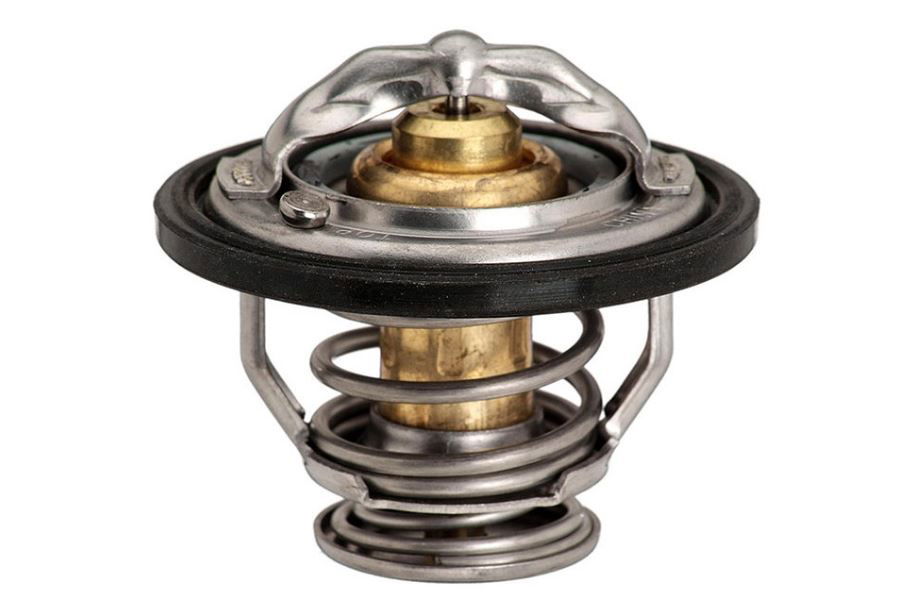
The thermostat sits between the radiator and the engine and is effectively a temperature-controlled coolant regulator. It restricts coolant from coursing through the engine block until the engine has warmed up to a sufficient temperature, helping it reach operating temperature quicker. Initially staying closed, the thermostat will open at between 95-110 degrees centigrade, opening a valve and allowing the cooling system to do its thing.
A broken thermostat can stay closed, blocking much-needed coolant from coursing around the engine. This means that the thermostat is not doing its job of keeping the engine within its average operating temperature, potentially leading to overheating if unnoticed.
Degraded hosing, fan or waterpump
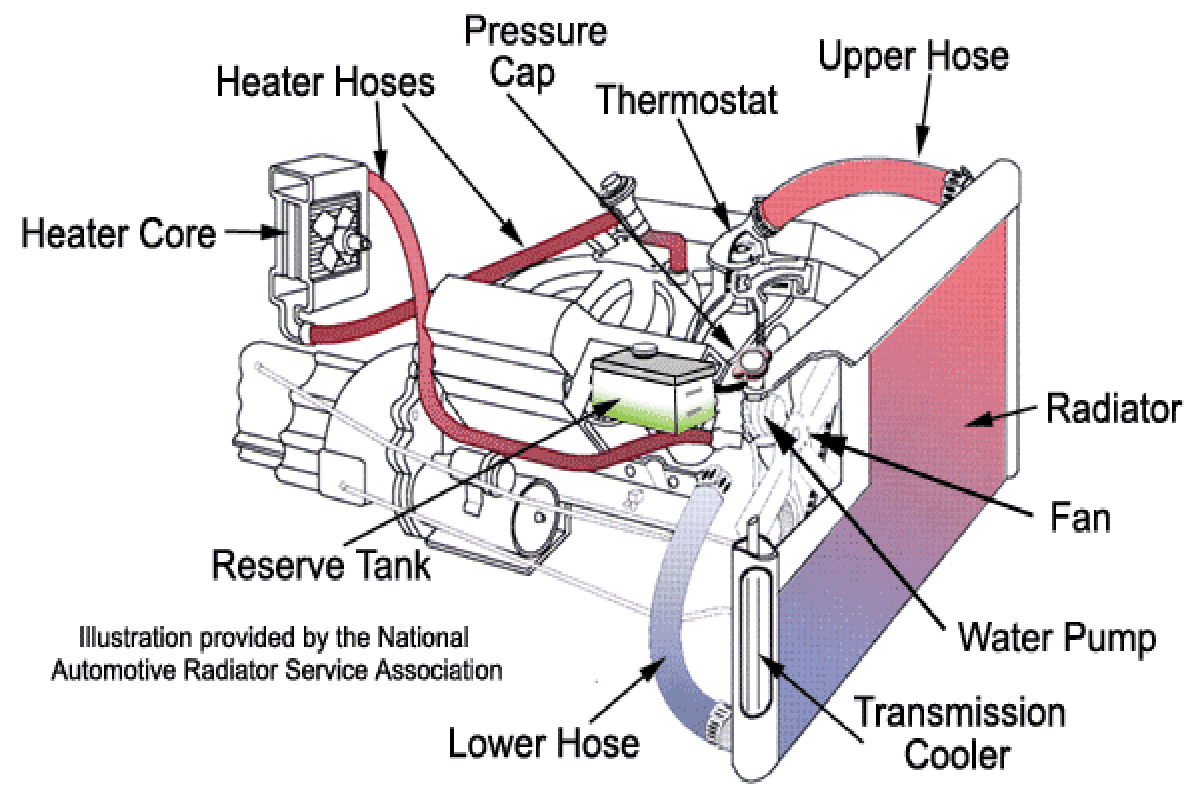
Coolant hosing is often-neglected under the bonnet and considering most stock systems use simple rubber/silicone hosing, it’s easy for them to degrade to a point where leaks and blockages occur.
Electrolysis within the radiator can lead to nasty sediment building an insulating layer around the coolant hosing leading to a lack of coolant flow and heat transfer. The hoses can also begin to crack due to the amount of heat cycles they have undergone, contracting and expanding until the material properties of the tubes begin to change.
The radiator fan sits behind or in-front of the radiator and is used to pull airflow through the heat exchanger to aid cooling. With many cars using an electronically-controlled fan that switches on once the engine reaches a certain temperature, if the electrics were to fail or a fan blade was to get damaged by incoming debris, the flow rate of the airflow could be depleted enough for overheating to occur. On older cars that use a fan belt, a similar situation will occur if the belt is damaged or snapped.
A duff waterpump will also put your engine in danger. Coolant needs to be flowing at a specific rate throughout the cooling channels within the engine block and then through the radiator via hosing. If the impeller within the waterpump seizes or breaks, this flowrate will slow down or stop, decreasing the interaction between the coolant and the hot areas within the engine.
As you all know, oil is used to both lubricate and somewhat cool the moving parts within an engine. Whether it be a gasket leak or a sealing problem within the cylinders, oil can seep through to places it shouldn’t or be burned during combustion leading to a blueish hue to the emissions. This means that the lubrication system is lacking fluid which will see friction within the engine increasing, leading to a build-up of heat.
This heat energy accumulation can surpass the capacity of the cooling system and if unnoticed could lead to an engine literally welding itself together, potentially seizing the pistons. If that doesn’t occur, something else will inevitably blow due to heat, potentially tearing a hole in your sump or engine block.
Head gasket failure
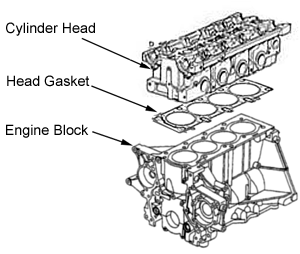
In terms of causes of coolant loss, this is the daddy of them all. A loss of fluid within the cooling system decreases the amount of heat transfer from the engine to the coolant, leading to overheating if left to dip below a minimum operating level. The head gasket sits between the block and the cylinder head with its job being to thermally expand with the engine and seal coolant chambers, oil routing and the cylinders apart from each other.
Depending on where the head gasket fails (mostly due to people not letting their engines warm up enough before putting the foot down), coolant can slowly leak into the oil system, leading to a sludge known as ‘mayonnaise’ being found on the underside of the oil cap. This is essentially the water curdling with the oil and if left to its own devices could lead to the gradual overheating of your car. If the water temperature is steady but sits higher than it should from stock, this could be the source of the problem.
Air in the cooling system
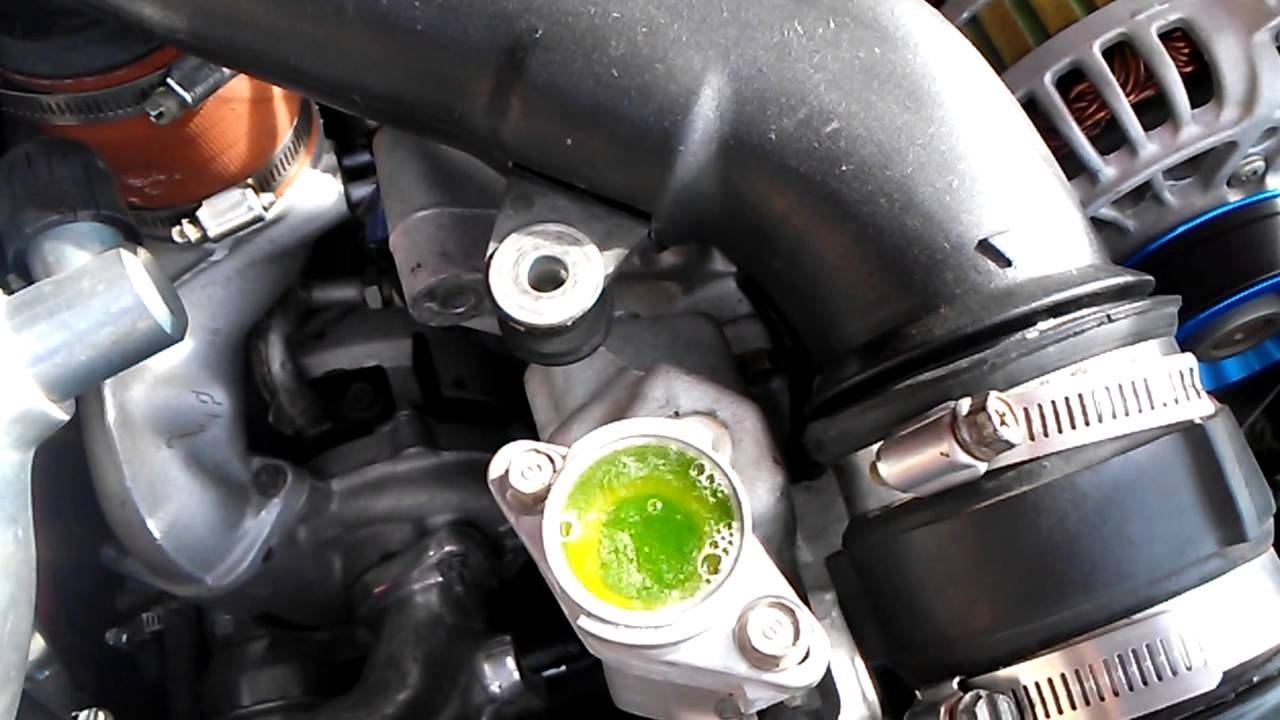
Although the coolant routing is a closed system, small inlets can appear over time that air can creep within, causing pockets of unwanted gas. These pockets of air can accumulate and block the free flow of coolant. It can also simulate a high coolant level when in fact there may not be enough to keep the car cool.
This is because the air pushes the coolant upwards in the reservoir, simulating the required level needed for adequate cooling. Bleeding a cooling system of air is a simple but worthwhile job and can potentially save your pride and joy from a dreaded overheating scenario.
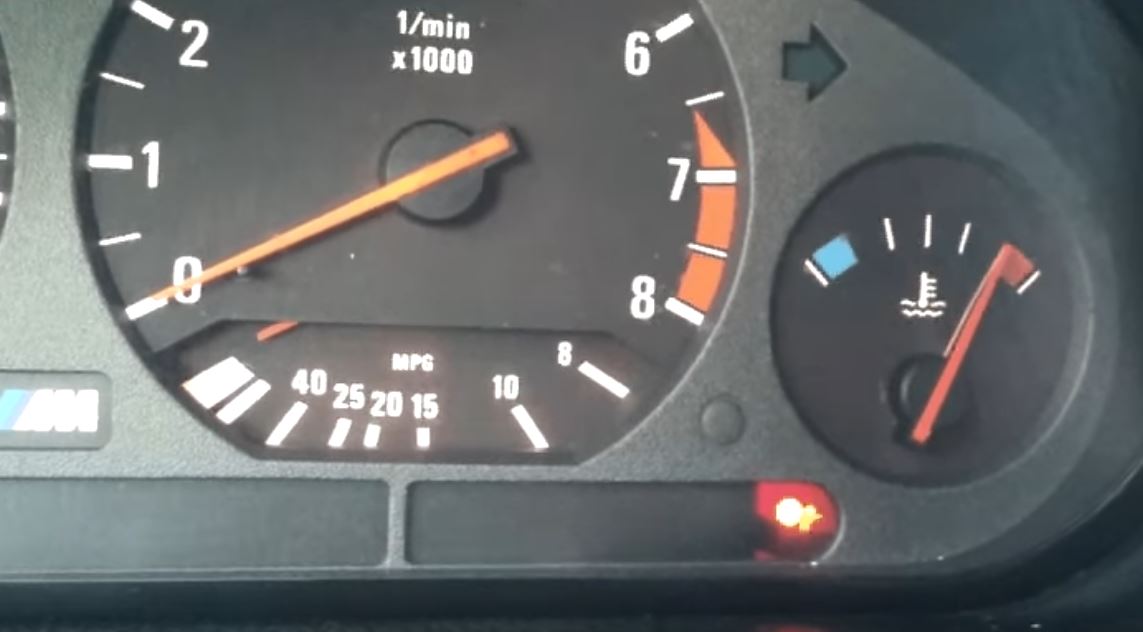
Other causes can be that the coolant is not concentrated enough, the radiator could be damaged or the serpentine belt for the waterpump could be knackered. So I think it’s safe to say that there are many possible causes of the temperature gauge ticking over to the red.
Common repairs required to correct overheating are:
• Waterpump replacement
• Radiator repair or replacement
• Coolant flush
• Thermostat replacement
• Engine oil top-up or change
• Coolant hose replacement
Have you experienced any cooling nightmares? Are there any other causes of overheating that you’ve unfortunately come into contact with? Comment with your experiences below!

Comments
When my car was overheating, they replaced the defective fuel pump and that solved the issue
No idea how the fuel pump was causing the engine to overheat (yet the car and the engine were operating normally)
I bet you could fix it with a hammer
We get it you vape
(Null)
My car used to overheat, now it has an alloy 3 row radiator that holds 10L, it cools so much that in the winter i actually have to change it for a smaller radiator lol
You forgot one other cure: taking the hood off.
TurboToddler (Straight-five) we could have fixed the Twingo if someone just did not touch it…
Problem Solved
My coffee maker overheated, thank god I don’t like coffee
Well, this helps. One of my yard vehicles I drove overheated a bunch, which wasn’t very good because it was a V8 Explroer. It’s a rather small vehicle to have a v8 and it was super fun
Pagination